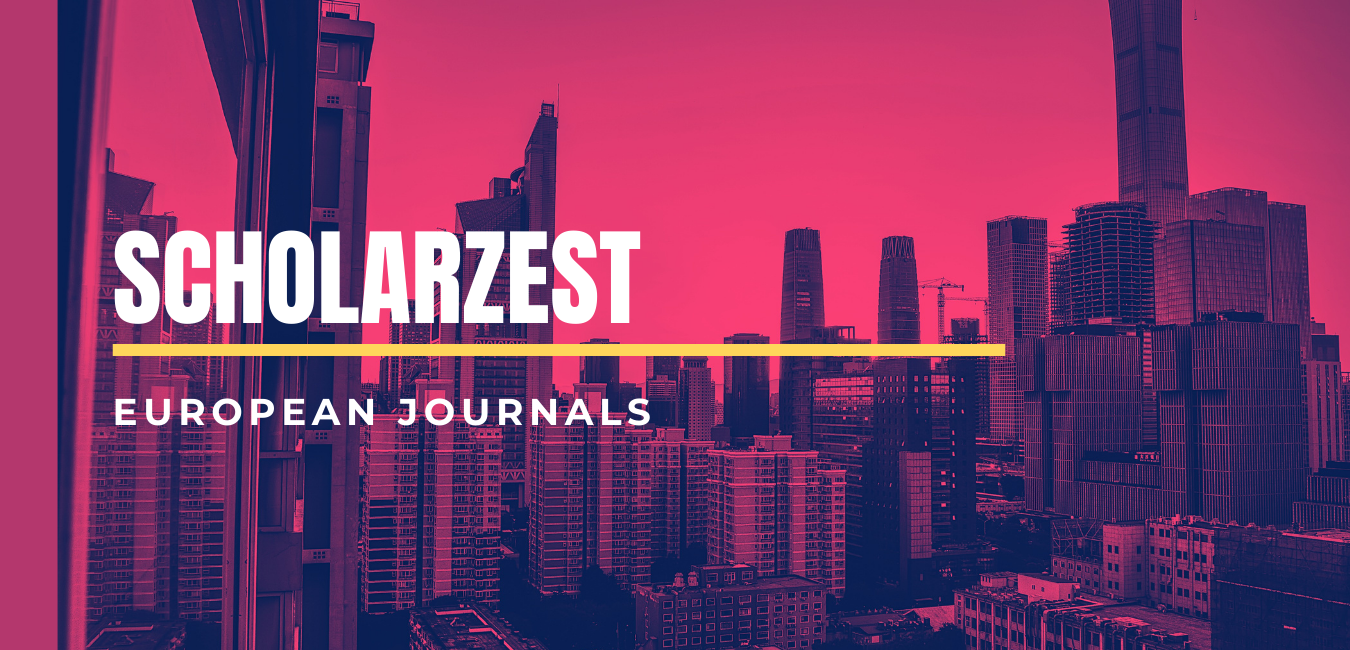THE EFFECT OF PRIMARY, SECONDARY, AND TERTIARY ECONOMIC STRUCTURES ON INCOME INEQUALITY IN SULAWESI
Keywords:
Economic, Structure, Income, InequalityAbstract
This study aims to determine the primary, secondary and tertiary sectors' economic structure that affects income inequality in Sulawesi. The data used in this study is secondary data in the form of 6 provinces on the island of Sulawesi with a period of 2011-2020 sourced from journals, articles, and government institutions such as BPS. The analysis technique used is panel data regression. The results of this study indicate that (1) the effect of the primary economic structure on income inequality is positive and significant. Regional income inequality will increase in Sulawesi between 2011 and 2020 as the primary economic structure develops. (2) The impact of the secondary sector's economic structure on income inequality is negative and significant. This means that income inequality between Sulawesi regions will decrease from 2011-to 2020, along with the increase in the secondary economic structure. (3) The effect of the tertiary sector economic structure on income inequality is positive and significant. With the increase in the tertiary economic structure, income inequality between regions will increase during the 2011-2020 period
References
Aisyah, D. R. (2019). Analisis Pengaruh Faktor Makroekonomi dan Perkembangan Keuangan Terhadap Ketimpangan Distribusi Pendapatan - Perbandingan Negara Islam dan Non-Islam. Universitas Islam Indonesia
Dini M., 2019 "Analisis Pengaruh Kontribusi Sektor Primer, Sektor Sekunder, Dan Sektor Tersier Terhadap Kemiskinan Di Kabupaten/Kota Jawa Timur Tahun 2010-2017"
Danawati, S., Bendesa, I. K. G., & Utama, M. S. (2016). Pengaruh Pengeluaran Pemerintah Dan Investasi Terhadap Kesempatan Kerja, Pertumbuhan Ekonomi Serta Ketimpangan Pendapatan Kabupaten/Kota Di Provinsi Bali. E-Jurnal Ekonomi Dan Bisnis Universitas Udayana, 5(7), 2123-2160.
Nadya, A., & Syafri, S. (2019). Analisis Pengaruh Faktor Pertumbuhan Ekonomi, Pendidikan, Dan Pengangguran Terhadap Ketimpangan Distribusi Pendapatan Di Indonesia. Media Ekonomi, 27(1), 37. https://doi.org/10.25105/me.v27i1.5300
Ritongga. 2003;1). Kemiskinan dan Pembangunan Manusia. Badan Pusat Statistik RI
Rambey, M. J. (2018). Analisis Pengaruh Pertumbuhan Ekonomi Terhadap Ketimpangan Pendapatan Di Indonesia. Jurnal Education And Development, 4(1), 32-32.
Syahri, D., & Gustiara, Y. (2020). Pengaruh Pertumbuhan Ekonomi Dan Kemiskinan Terhadap Ketimpangan Pendapatan Di Sumatera Utara Periode 2015-2019. Journal Of Trends Economics And Accounting Research, 1(1), 34-43.
Todaro, M.P. dan Stephen C. S. 2006.Pembangunan Ekonomi di DuniaKetiga.Erlangga, Jakarta.
Wijayanti, F. A. (2018). Pengaruh Perubahan Struktur Ekonomi, Investasi Asing, Dan Pendidikan Terhadap Ketimpangan Pendapatan. Universitas Islam Indonesia,VII(4),2-21. https://dspace.uii.ac.id/bitstream/handle/123456789/6162/JURNAL SKRIPSI.pdf?sequence=1&isAllowed=y
Downloads
Published
Issue
Section
License

This work is licensed under a Creative Commons Attribution-NonCommercial-NoDerivatives 4.0 International License.

